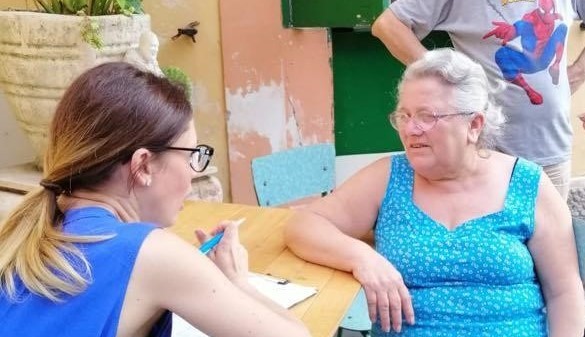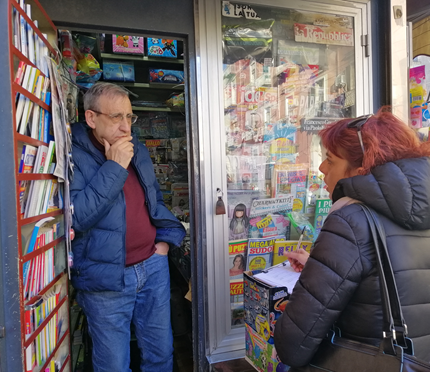




In recent times, a participatory research programme led by the private partner has been working towards allowing the new heritage authority to promote a genuine values-based and participatory heritage management. Understanding heritage in terms of who assigns just what importance can inform site conservation and improve the management of change in the wider landscape. Diverse perceptions of, and relationships with, the World Heritage property and other heritage have been mapped, and this has allowed previously neglected connections and interdependencies to emerge.
The initiative also works to identify capacity within civil society, institutions and among local heritage specialists to contribute to heritage agendas and so steps beyond classic cultural mapping to understand what triggers positive change in a broad local network.
The first tangible results emerging are geo-referenced tools aimed at improving decision-making regarding change and continuity and harnessing local capacities in the process. The overarching aim is that of capturing the full potential of heritage’s contribution to sustainable development in this difficult and complex area.
This work is possible thanks to taking people-centred approaches to Herculaneum at multiple levels for site activities and management over a long period of time. This includes involving multiple stakeholders in the identification of heritage values, which are then the basis for understanding links between heritage within a wider landscape. It has also included giving Herculaneum a role in supporting local sustainable development aspirations in a way that bring benefits to both the local community and the heritage itself.
- The specific challenges of the Vesuvian area had already led the team intuitively to consider the success of site management in social, economic and environmental terms, but it became increasingly important that sustainability measures needed to go beyond the confines of the site.
- Viewing Herculaneum within a wider network of people and places has allowed the foundations to be laid for longer-term plans for both conservation and sustainable development.
- For the outcomes of ambitious participatory initiatives to be relevant, and maintain their relevance over time, it is important to foresee a long lead-in time to allow relationships of trust to be established, a precondition for any success in this sphere.
- It will take a ten- to twenty-year timeframe to understand whether the investment underway in tools, research, knowledge management/sharing, and network building is successful in ensuring heritage a more dynamic role in sustainable development and harnessing the benefits for local communities and other stakeholders, as well as new forms of support for the heritage.